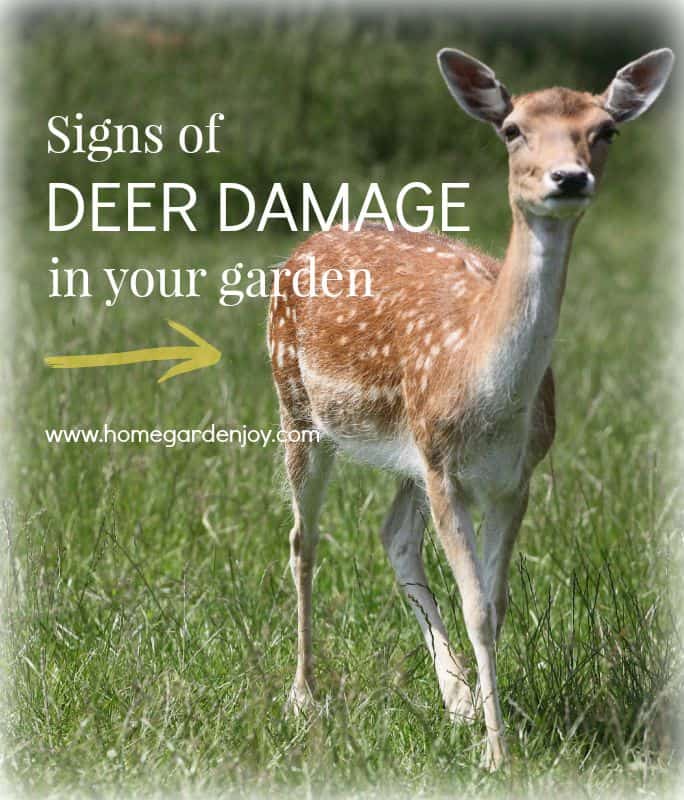
Photo by hotblack/Morguefile.com license
Deer damage? Oh, I’ve got deer damage. I was so enthralled by mama doe and her fawns that I’d forgotten how destructive one doe can be.
Our fenced in vegetable garden has kept deer out for over eight years. When we dug in the fence posts and stapled the wire to the posts, we made the initial fence four feet tall, but kept the posts eight feet tall “just in case.” Just in case of what? Deer. Eight feet is considered the standard size of a fence to keep deer out of the garden.
Our four foot fence worked fine for over eight years. Then, a week ago, one curious doe leaped the perimeter. She stomped her way through the empty beds, pulled out carrots, ripped apart my tomatoes, took a few bites of tomatoes (and threw the rest on the ground), then found Deer Nirvana – my patch of green beans and the two beds of lush sweet potato vines.
In the first evening, before we realized what was happening, she ate every single green bean plant down to the ground.
On the second night, we saw her leap into the garden and make her way straight for the large sweet potato beds. We shouted and clapped from the house and she leaped out – from a standstill mind you, up and over that fence – but returned in the middle of the night while we were asleep to eat the every leaf off of my sweet potato vines. She left the wiry stems and a few forlorn leaves.
This, my friends, made me so angry I took a hoe out to the garden and hoed away every single hoofprint. I let my dog into the garden so her scent would permeate the grass. I sprayed stinky deer repellent that smelled like predator poop on the fence posts and the raised beds and every wooden surface I could find. The wind, laughing at my endeavors, blew just at the precise moment the liquid stink stream hit a fence post, drenching me in the new perfume of eau de predator poop.
The deer, of course, laughed. Then came back a third night and ate all the sweet potato leaves they missed on the first go-round.
I’ve been watering, praying, and praying some more that my garden returns to its full splendor. Over the winter, that second course of fencing we never quite managed to get into place will be installed, taking the fence height to eight feet. If that doesn’t keep out our athletic friend, maybe fall hunting season will take care of my problem.
Deer! And I swore I’d never have a deer problem!
Nature always gets the last laugh….




